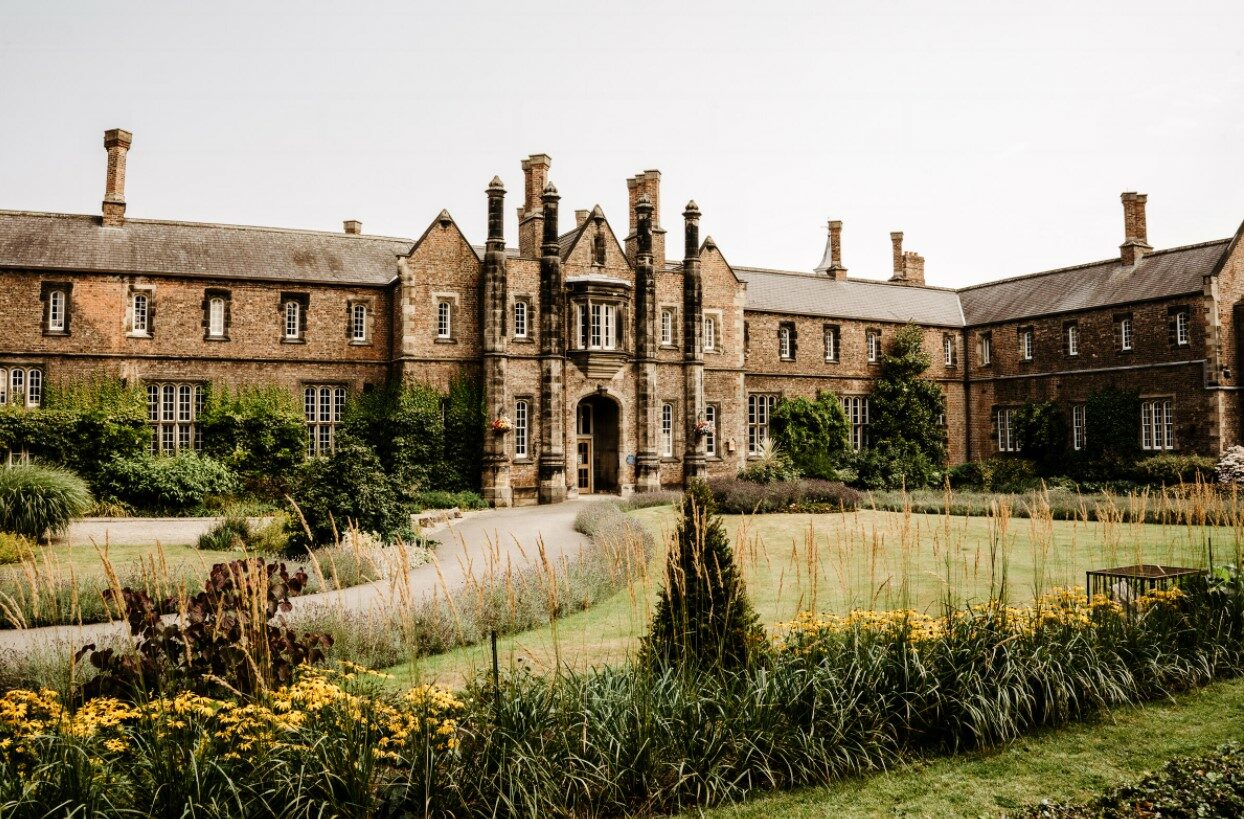Alice Little’s Winning Blog Post!
March 23, 2022
‘Are you listening to me?,’ shouted my very vocal two-year-old as he stood, arms on hips, on top of our coffee table.
This interaction made me realise that actually, as an adult, I am mostly not listening to him. As he tells me in no uncertain terms that he will not get down from the table, I realise that this incident has escalated by me missing key moments of communication.
My main inspiration for embarking on a PhD, looking at participatory methods with children and young people, is that I believe children and young people have important and valuable things to say, but are too often not given opportunities or the respect needed to do so. I am drawn to work that describes creative methods and models that champion high levels of participation. I am interested in ways that encourage and enable children and young people’s voices to be elevated, methods that question traditional ways of doing things and authors looking to learn and understand alongside participants.
Inspired by the work of Harry Shier and Laura Lundy, I began thinking about how children and young people are encouraged to share their voices, and how their voices are listened to. Two of my recent projects with young people all age 15+ have provided some food for thought on how to recognise voice and participation, and how these two are so entangled.
Some of the young people I have been working with have been asked for their view on so many occasions, with no outcomes or updates, they have become disengaged with the experience of taking part in the process. They described how an acknowledgment of their input would have had a significant impact upon their participation, yet adults around them had missed several opportunities to do this.
On another occasion I witnessed an adult make light of a young person’s view, unintentionally I believe, but leaving a hole in the communication stream that could be replaced with doubt and a lack of confidence in their views being given due weight. The young people I have been working with have given examples of sharing experiences and offering opinions, but these question-and-answer exercises seem often only to serve the adults goals of gathering young people’s ‘voices’. I am left wondering how often children and young people are listened to without an agenda or a purpose, on part of the adult doing the listening.
Can actively learning about children and young people’s lives come from the seemingly difficult task of listening? Recognising individual attempts at communication from children and young people, adults can take valuable steps closer to impactful participation.
To finish, I will leave you with the wonderful words and illustrations of Brad Montague, who champions the inclusion of all voices, big and small, old and young.


Images via Instagram @Bradmontague https://www.instagram.com/bradmontague/?hl=en
Explore your own avenues of communication and reach out when you notice a potential block in the road, it could make all the difference.
Oh and my son told me that he was safe from the sharks on the coffee table, and that if I had listened to him, I would have known I was about to be eaten. •
References
Alderson, P. (2001) Research by children. International Journal of Social Research Methodology. (4,2) pp.139-58.
Kellett, M. (2010) Rethinking Children and Research. London: Continuum.
Lundy, L. (2007) ‘Voice’ is not enough: Conceptualising Article 12 of the United Nations Convention on the Rights of the Child. British Educational Research Journal (33, 6) pp. 927-942.
Shier, H. (2001) Pathways to participation: Openings, opportunities and obligations. Children and Society (15, 2) pp. 107-117.




